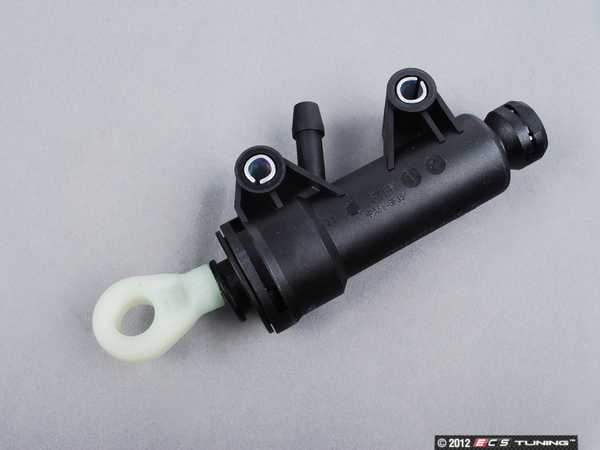Great discussion in here.
Let's ensure we all come into this thread with open minds, and all in the best interest of learning the system better.
Let's not resort to the dialogue that a thread like this would produce at other forums.
HTC DNA, Williamsburg, VA







 Reply With Quote
Reply With Quote






